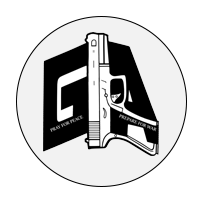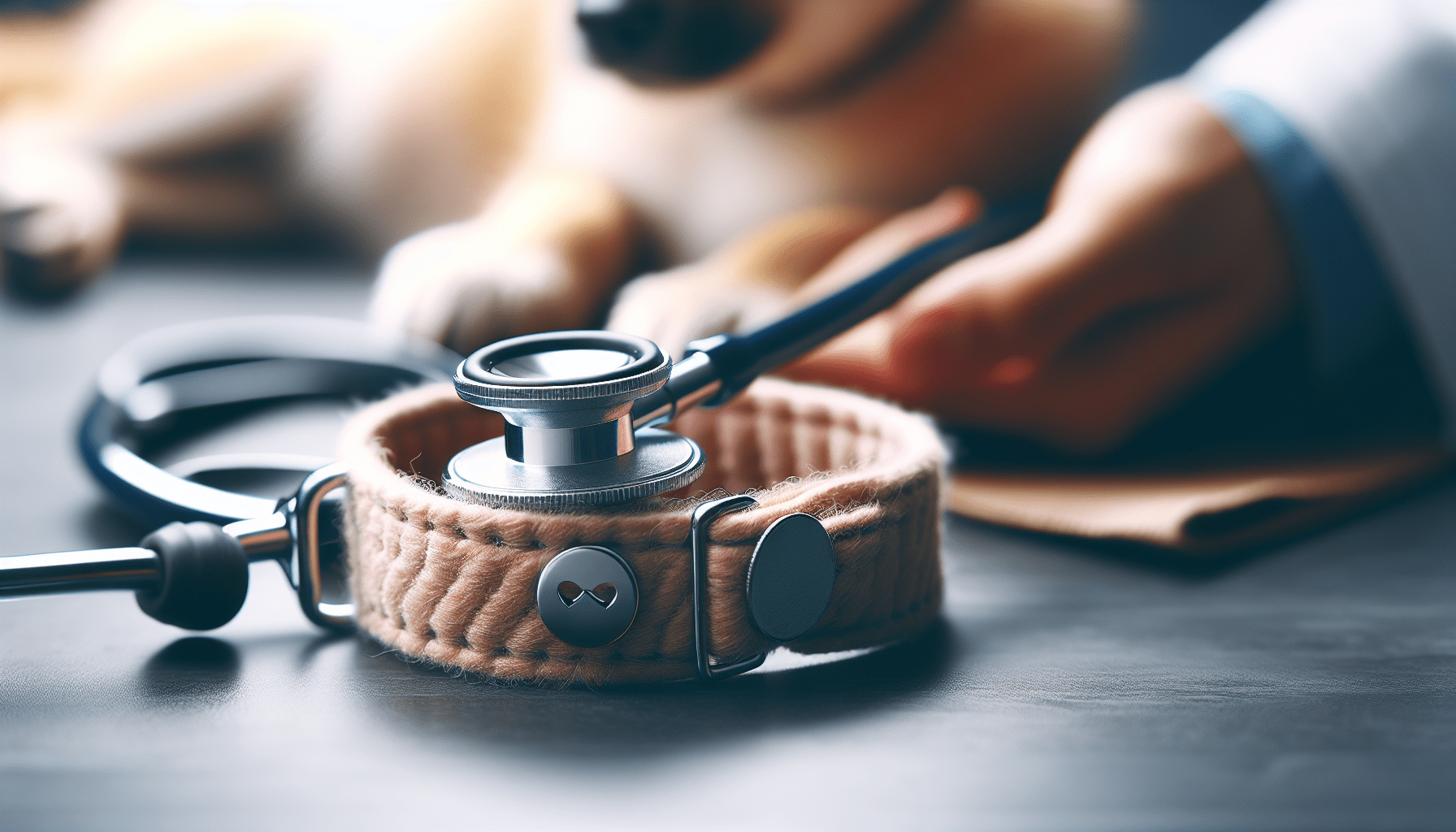Have you ever found yourself wondering what you would do if your pet needed emergency care? It’s one of those thoughts that can make your heart race just a bit faster. Pets are family, and thinking about them in any type of distress is tough. But understanding how to perform lifesaving techniques on pets can help you be prepared if an emergency ever arises.

Understanding the Basics: Why Lifesaving Techniques Matter
Before getting into the specifics, it’s important to know why these lifesaving techniques are crucial. Pets, much like humans, can face emergencies at any time. Whether it’s an accidental injury, choking, or a sudden cardiac problem, being able to act quickly and confidently can make all the difference. Your preparedness can potentially save a life.
The Core Techniques You Must Know
To help you feel ready, we’ll break down some essential techniques that every pet owner should know. These include CPR (Cardiopulmonary Resuscitation), the Heimlich maneuver, wound care, and more.
CPR for Pets
Seeing your pet unconscious is terrifying. But don’t panic. Here’s what you need to do:
-
Check for Breathing and Pulse:
- Place your hand on their chest to feel for a heartbeat.
- Watch for any signs of breathing.
-
Positioning for CPR:
- For dogs, especially larger ones, lay them on their right side.
- For small dogs and cats, keep them on their back while supporting their head.
-
Performing Compressions:
- Compress the chest at a rate of 100 to 120 compressions per minute.
- For large dogs, use both hands. For small pets, use one hand or even just your thumb and fingers.
-
Rescue Breaths:
- Close their mouth and breathe into the nose every 5 to 6 seconds.
- Check for any signs of breathing or a heartbeat every minute.
Continue these steps until you get to a vet or the pet begins breathing on its own.
The Heimlich Maneuver: Clearing Obstructions
Choking is another all-too-common issue. Pets often get curious and try to eat things they shouldn’t. Here’s how to help them out:
-
Identify Signs of Choking:
- Watch for coughing, pawing at the mouth, or wheezing sounds.
-
Performing the Maneuver:
- For larger dogs, stand behind them, using your arms to press against the abdomen just below the ribcage, similar to how it’s done on humans.
- For small pets, lay them on your lap, and gently apply pressure to their abdomen toward the spine.
-
Clear the Blockage:
- Open their mouth gently to remove any visible object.
- Be careful not to push it further down.
How to Handle Wounds
Pets love to run and explore, which sometimes leads to cuts and scrapes. Here’s how to manage them:
-
Assess the Wound:
- Clean the area gently with water and mild soap.
- Pat dry with a clean cloth.
-
Stop the Bleeding:
- Apply pressure with a clean cloth or bandage until bleeding stops.
-
Apply a Bandage:
- If necessary, use a gauze pad and wrap the wound snugly.
-
Monitor for Infection:
- Keep an eye out for swelling, redness, or discharge.
Addressing Shock
Shock can occur from severe injuries or sudden trauma. Recognizing and managing it is critical to stabilize your pet before reaching a vet.
-
Signs of Shock:
- Weakness, rapid heart rate, and pale gums are indicators.
-
What to Do:
- Keep them warm with a blanket, but don’t overheat them.
- Try to keep them calm and offer gentle reassurances.
-
Seek Immediate Veterinary Help:
- Shock is serious. Get professional help as soon as possible.
Knowing When to Seek Professional Help
While these techniques are crucial, they are not a substitute for veterinary care. Always follow up with a vet for comprehensive assessment and treatment. Time is often of the essence in emergencies, so act promptly.
Building Your Pet’s Emergency Kit
Having a well-stocked emergency kit can save precious time in a crisis. Here’s a simple list of what to include:
| Item | Purpose |
|---|---|
| Gauze Pads | Dressing wounds |
| Adhesive Tape | Securing bandages |
| Hydrogen Peroxide | Cleaning wounds |
| Tweezers | Removing small objects or splinters |
| Small Scissors | Cutting bandages |
| Antiseptic Wipes | Disinfecting hands or minor cuts |
| Digital Thermometer | Taking your pet’s temperature |
| Pet First-Aid Book | Quick reference for emergencies |
Preventive Measures: Keeping Your Pet Safe
Preventive care can often eliminate the need for emergency first aid. Ensure your home is pet-proofed by securing hazardous items and keeping an eye on your pet’s behavior and health. Regular vet check-ups are essential. It’s always better to be proactive.
Knowing Your Pet
Understanding your pet’s normal behavior and body language will help you recognize when something is off. Not all emergencies present as dramatic events; sometimes, they’re a subtle change in behavior.

Where to Learn More
You don’t have to tackle this alone. Many communities offer pet first-aid courses. Participating in a course can build your confidence and give you hands-on experience with professional guidance.
Recommend a Visit to Green Line Arms
If you’re in Pensacola and interested in learning more about safety and emergency preparedness, consider visiting Green Line Arms. They’re passionate about building safe communities and can offer practical advice on protecting not just humans but our four-legged friends as well. You can also explore their range of products and training sessions tailored for safety enthusiasts like yourself.
Final Thoughts
Being prepared is an act of love. Understanding these lifesaving techniques ensures you can act effectively and calmly when your pet needs you most. Emergencies are rarely anticipated, but with a bit of preparation, you stand ready to offer the help your furry family members deserve. You’ve got this—after all, pets give us their best, and they deserve nothing less from us.




